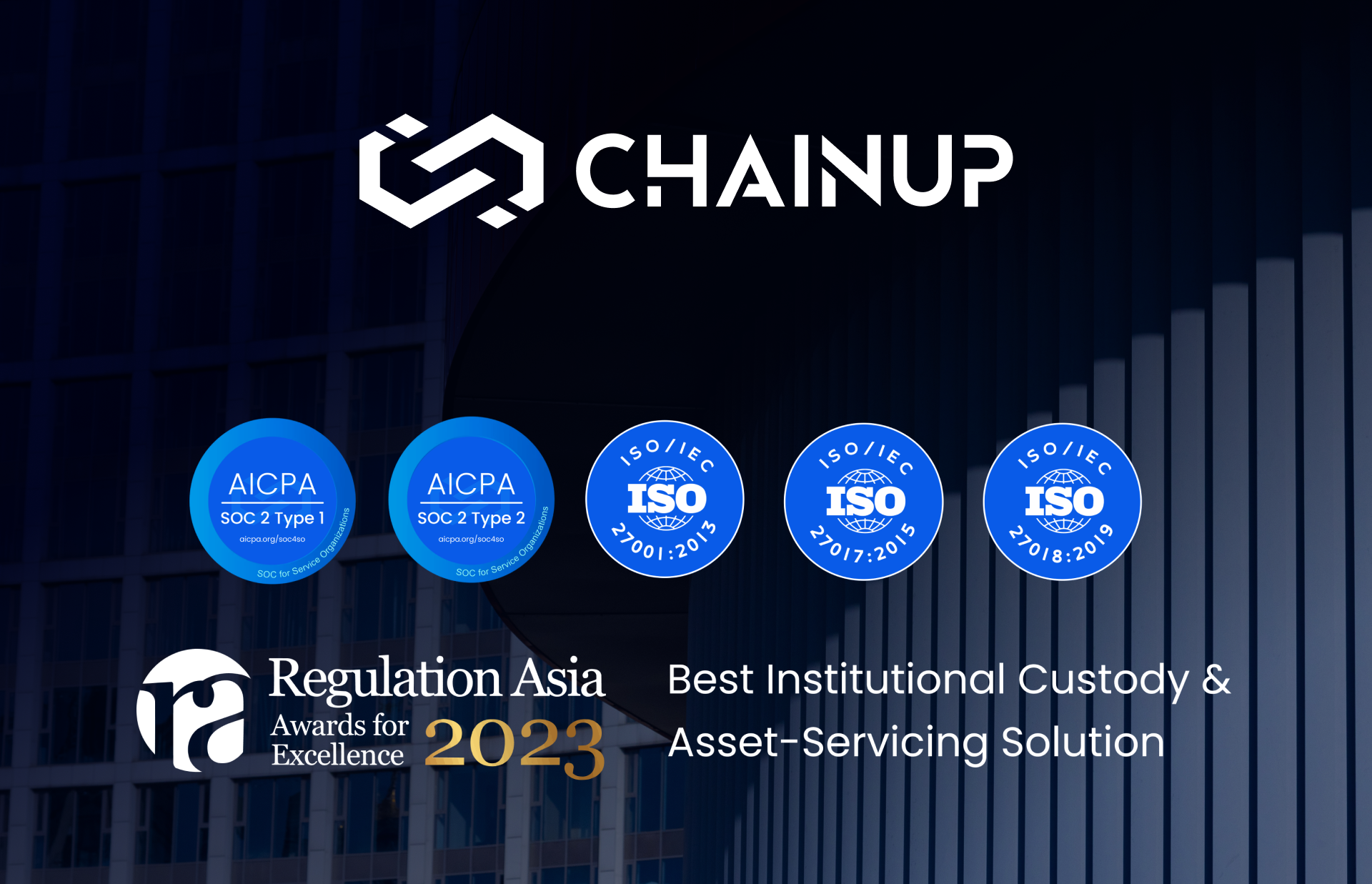With tokenized asset markets projected to reach $16 trillion by 2030, early adopters stand to gain significantly. The question is—will your business be among them?
The financial landscape is evolving, and tokenization is at the forefront. Companies worldwide are leveraging blockchain to transform real estate, commodities, and private equity—accelerating capital formation, enhancing liquidity, and expanding investor access.
Organizations that fail to adapt risk losing market share as investors prioritize digital assets offering liquidity, accessibility, and transparency. The transition to tokenized markets is already underway—businesses must act now to remain competitive.
Why Tokenization? Let’s Break It Down:
1. Fractional Ownership: More Investors, More Capital
Traditional assets like real estate and fine art are typically illiquid—requiring large, upfront capital investments. Tokenization divides high-value assets into smaller, tradable units, allowing multiple investors to co-own and trade fractions.
Example: RedSwan CRE, a commercial real estate platform, tokenized $2.2 billion in property assets, enabling investors from Singapore, Dubai, and London to participate in U.S. real estate investments—an opportunity previously inaccessible to global investors.
Key Benefits of Fractional Ownership:
-
Enables institutional and retail investors to access high-value assets
-
Enhances capital liquidity without reliance on a single large buyer
- Increases market participation while maintaining asset appreciation potential
Imagine owning a fraction of a Picasso or a Manhattan skyscraper. Tokenization makes that possible—where traditional assets do not.
From Ownership to Liquidity: The Next Step
Fractional ownership does not just democratize access—it fundamentally enhances liquidity.
✓ By increasing the number of potential buyers and sellers, tokenization creates a dynamic secondary market, allowing assets to be traded faster and more efficiently.
Unlike traditional real estate or private equity transactions, which can take months to settle, tokenization accelerates transaction speed and facilitates 24/7 trading.
2. Increased Liquidity: Faster Transactions, More Monetization
Tokenized assets aren’t just easier to own—they’re easier to sell. Assets such as real estate, fine art, and private equity typically require long holding periods and complex transactions. Tokenization allows smaller fractional shares to be traded, reducing illiquidity risk.
Liquidity as a Business Driver
✓ Reduces capital lock-up, enabling faster asset monetization
✔ Optimizes price discovery, improving market efficiency
✔ Enables 24/7 secondary trading, increasing transaction flexibility
✔ Eliminates intermediaries, reducing settlement times
Traditional settlement times for financial transactions can take weeks—delayed by paperwork and banking processes. Tokenization and blockchain reduce this to near-instant transactions.
With fractional ownership fueling liquidity, investors can buy, sell, and rebalance portfolios seamlessly—without being locked into long holding periods.
Example: JPMorgan’s Onyx platform has successfully deployed blockchain-based tokenized financial instruments, enabling near-instant settlement compared to traditional banking systems.
With greater liquidity, companies can unlock trapped capital, reduce risk exposure, and facilitate faster asset turnover.
3. Global Market Access: Scaling Investments Worldwide
Tokenized assets transcend geographical limitations, enabling businesses to attract international investors without traditional barriers.
Like in the case of, Harbor, a blockchain tokenization platform, facilitated international investments in high-value U.S. commercial properties—creating new revenue streams from investors in Asia and Europe.
Key Advantages of Tokenization – Global Market Expansion:
-
Access a broader investor base beyond local markets
-
Enhance portfolio diversification for institutional investors
-
Unlocks new funding opportunities
-
Increase valuation accuracy through global price discovery
By leveraging tokenization, businesses reduce dependency on local capital pools, enabling greater fundraising flexibility and international scalability.
Real-World Adoption: Tokenization in Action
Tokenization is no longer theoretical—industry leaders are already implementing it:
-
In Real Estate – Switzerland’s Weisshorn Building was tokenized, allowing fractional ownership investments as low as $1,000, increasing liquidity and breaks down entry barriers that enables broader investor participation in high-value real estate, instead of relying on one major investor.

-
Commodities: Paxos Gold (PAXG) and Tether Gold (XAUT) offer blockchain-backed digital gold tokens, providing a liquid, tradable alternative to traditional gold ownership.
-
Private Equity – Platforms like Securitize and tZERO are enabling fractionalized investments in venture capital and high-growth startups, widening access to private markets.
Institutional adoption is accelerating, with BlackRock, Goldman Sachs, and HSBC actively exploring blockchain-based asset tokenization.
Key Challenges & Risk Mitigation Strategies
While tokenization offers immense potential, businesses must navigate key challenges for a smooth transition. Here’s what to consider:
1. Regulatory Compliance
Tokenized assets operate within a complex and evolving regulatory landscape. Businesses must ensure compliance with regional financial regulations to mitigate legal risks.
In the European Union, tokenized financial instruments fall under MiFID II, requiring compliance with existing securities laws.
ChainUp’s compliance-first approach helps companies stay ahead of these evolving laws while safeguarding their assets and investor interests.
Best Practices for Tokenization Compliance:
-
Adopt AML & KYC protocols to meet investor verification requirements.
-
Engage legal experts to navigate jurisdictional regulations.
-
Implement transparency measures to align with financial disclosure. obligations
2. Smart Contract Risks
Smart contracts automate tokenized transactions, but poorly coded contracts can introduce vulnerabilities.
Case Study: In 2022, the Beanstalk protocol suffered a $182 million exploit due to smart contract governance flaws—highlighting the need for rigorous security audits.
Tokenization Risk Mitigation Strategies:
To prevent such vulnerabilities, businesses should:
✓ Implement industry-leading security audits before deploying smart contracts.
✓ Utilize multi-signature authorization for added security
✓ Regularly monitor and update smart contract code to address emerging threats.
✓Utilize time-locked transactions to prevent unauthorized changes
✓ Partner with trusted blockchain security firms to validate smart contract integrity.
Seamless Transition to Security-First Tokenization
For businesses tokenizing traditional assets, ensuring the security and reliability of smart contracts is just as important as navigating financial regulations. Unlike DeFi protocols, tokenized securities and asset-backed tokens must adhere to institutional-grade security standards while operating within existing legal frameworks.
This is where ChainUp provides a turnkey solution, offering:
-
Fully audited, regulatory-compliant smart contracts to mitigate vulnerabilities.
-
Continuous monitoring to detect and prevent security breaches.
-
Seamless integration with financial compliance measures under MiFID II (Markets in Financial Instruments Directive), ensuring alignment with traditional market safeguards.
As tokenized markets continue to expand, businesses cannot afford to overlook security, compliance, and investor protection. The next challenge? Market volatility—a critical factor for both traditional and digital asset investments.
3. Market Volatility
Like traditional assets, tokenized investments are subject to market fluctuations. Businesses must stay informed, assess risk exposure, and implement strategies to safeguard returns.
One approach is asset-backed stable tokenization, where real-world assets like real estate or gold support digital tokens, minimizing volatility and ensuring greater stability for investors.

The ChainUp Solution: Simplifying Tokenization for Traditional Assets
While the benefits of tokenization are clear, implementation challenges can hold businesses back. That’s where ChainUp comes in. As a leader in blockchain technology solutions, ChainUp provides secure, scalable, and regulatory-compliant tokenization infrastructure.
How ChainUp Helps:
-
Customizable Tokenization Solutions: From real estate and art to commodities, ChainUp’s Token Factory provides a seamless, end-to-end solution for asset tokenization. Businesses can create, issue, and manage digital assets efficiently while ensuring compliance at every step.
-
Security and Transparency: Blockchain’s immutable ledger ensures fraud-resistant, transparent transactions, boosting investor confidence while reducing operational risks.
-
Smart Contract Efficiency: With ChainUp’s automated smart contracts businesses can streamline asset tokenization, eliminate intermediaries, and reduce costs—all while maintaining full transparency.
-
Regulatory Compliance-as-a-Service: Navigating compliance can be complex, but ChainUp’s Compliance-as-a-Service (CaaS) ensures businesses meet AML (Anti-Money Laundering) and KYC (Know Your Customer) standards, keeping tokenized assets aligned with evolving regulations.
Tokenization Is the Future—Are You Ready?
The market is evolving rapidly, and businesses that ignore tokenization risk falling behind competitors already capitalizing on blockchain’s benefits. Early adoption is key.
Don’t wait—early adopters are already capitalizing. Book a consultation now!